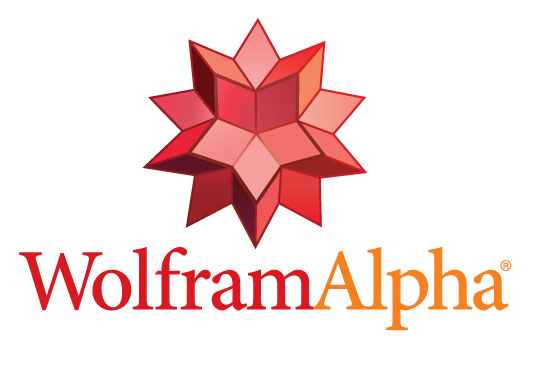Wolfram Research has announced the launch of Wolfram Programming Cloud, an application of the Wolfram Language.
“I’ve been working toward this for nearly 30 years, gradually building up the technology stack that is needed,” wrote Stephen Wolfram on the Wolfram blog.
First came Mathematica, the company’s computational software engine; then came Wolfram Alpha, the company’s search engine of general knowledge; then the Wolfram Language, the company’s programming language (which is the backbone of Mathematica); and now comes the Wolfram Programming Cloud.
The application is specifically designed for programming, allowing users to build and deploy cloud-based programs. The company said users can even develop and deploy apps in minutes, or build a major production system in days.
(Related: What’s good about Wolfram Language?)
“My goal with the Wolfram Language in general—and Wolfram Programming Cloud in particular—is to redefine the process of programming, and to automate as much as possible, so that once a human can express what they want to do with sufficient clarity, all the details of how it is done should be handled automatically,” Wolfram wrote.
The Wolfram Programing Cloud is ideal for rapid algorithm development, data-driven apps, enterprise-wide computation components, computational Web services and algorithmic startups, according to the company.
“I think the Wolfram Programming Cloud is going to make possible whole new classes of software applications—and, I suspect, a wave of new algorithmically based startups.”
It features 2D and 3D visualization; graph analysis; data analytics; machine learning; natural language understanding; built-in testing; API connectivity; XML templating; interactive controls; sequence analysis; audio processing; data import and export; table formatting; weather data; engineering data; socioeconomic data; and more.
“I’ve built some pretty complex software systems in my time, but the Wolfram Programming Cloud is the most complex I’ve ever seen,” Wolfram wrote. “There are certainly still rough edges (and please don’t be shy in telling us about them!).”
More information is available here.






